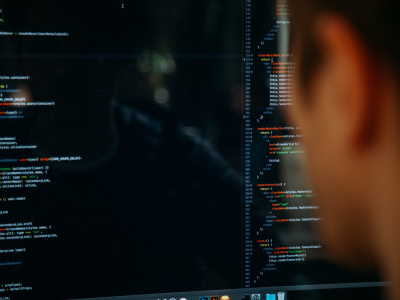
A necessary shake-up: EU programming for international cooperation
The EU institutions are gearing up for the next phase of programming EU aid and international cooperation for 2021 to 2027. But how ready is the EU to programme according to its own political commitments and ambitions?
Summary
This paper looks at the next programming phase for the European Union (EU)’s external resources and asks how programming can be harnessed as a space to make EU external action more consistent and innovative in aligning with the Sustainable Development Goals (SDGs) and its own external action objectives. We conclude that, while opportunities exist, the risk of institutional inertia and an unchanged programming process is high. If the EU is to deliver on its commitments and ambitions, some thought needs to go into how to steer innovation, including through active engagement of the new EU leadership.
Much work has already gone into preparing programming to make the EU more strategic, purposeful and adaptable. How ready is the EU to programme according to its own political commitments and ambitions? Making choices around priorities will be a tough but necessary task for the next programming phase to exploit synergies as well as manage tensions among different EU objectives. Solid analysis could be used to help identify pathways for change at country level and the EU’s role in steering this.
The SDGs require new ways of working and using resources through more integrated, cross-sectoral and systemic approaches. But there is no recipe that fits all purposes and contexts. Sectoral approaches can fulfil the objectives of some partner countries, while being too rigid to tackle multilayered political issues in others. This time around, the EU aims to work more closely with other actors, including member states and the UN, as well as across its own institutions. Programming is the space where such innovations need to happen.





